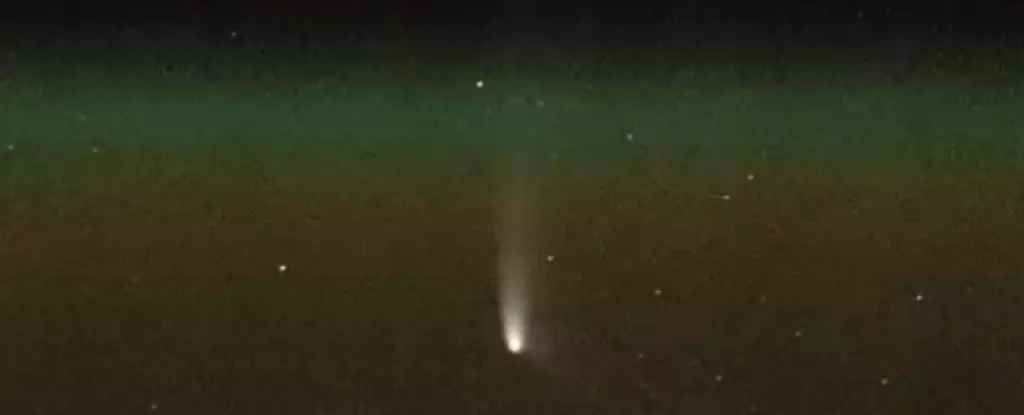In January 2023, the astronomical community welcomed a newly discovered comet, designated C/2023 A3 (Tsuchinshan-ATLAS). While the discovery of comets is not an infrequent occurrence, this one has sparked particularly high hopes among astronomers and stargazers alike. Some enthusiastic reports have suggested that C/2023 A3 might be the “comet of the century.” However, professional astronomers know well that predicting comet brightness is an uncertain science, often leading to either thrilling spectacles or disappointing faint smudges in the night sky.
As the comet reaches its expected peak visibility, it’s essential to explore its potential brightness, its movements through the solar system, and the best opportunities to witness this celestial event.
As of now, Comet C/2023 A3 has become visible to the naked eye in certain locations, particularly in the morning sky over Australia and Aotearoa New Zealand. Reports indicate that it appears as a fuzzy star, with its brightness expected to enhance in the coming weeks as it approaches perihelion, or its closest point to the Sun. Currently, it seems like C/2023 A3 could be the standout comet of 2023, though hype for it to be the comet of the decade or century appears overstated.
A notable feature of the current viewing window is that the comet rises about an hour and a half before sunrise. Early risers may have the chance to observe this visitor, whose visibility enhances with the aid of binoculars, revealing the dusty tail extending away from the Sun. The best time to catch a glimpse will be during the last days of September and the initial days of October before it becomes obscured by dawn’s approaching glare.
The comet will reach its closest celestial approach to the Sun on September 27, coming within 58 million kilometers of it. As it orbits, Comet C/2023 A3 will get closer to Earth, leading to a gradual brightening, promising a noteworthy show for observers. Navigating the evening sky will be crucial, as the comet will gradually shift closer to the horizon each morning until it becomes challenging to track, around October 6 or 7.
Ensuring to look eastward will yield the best views initially. Various online tools can assist observers in tracking its trajectory based on geographical latitude. Expect promising celestial photography opportunities during its perihelion approach—a phase crucial for increasing visibility.
Forward Scattering Phenomenon
A particularly exciting aspect is the phenomenon of forward scattering, which could play a crucial role in enhancing the comet’s brightness during its transit between Earth and the Sun on October 9 and 10. In this scenario, if the comet possesses a significant amount of dust, it could amplify its brightness by as much as 100 times. Although this risk presents an incredible spectacle, observing the comet in daylight will be challenging and mainly reserved for experienced astronomers equipped with specific techniques.
Indeed, your eye should not stare directly at the Sun but instead use indirect methods to glimpse this celestial wonder. If conditions align favorably, it might temporarily become visible in broad daylight, but this is more likely to remain in the realm of experienced stargazers.
Transition to Evening Visibility and Future Expectations
Post-October 10, the comet will shift its position into the evening sky, climbing steadily after sunset. The first few days of this transitional phase will likely still benefit from forward scattering, creating an opportunity for spectacular evening views. However, as days pass, observers may notice diminishing brightness, making it increasingly difficult to catch a glimpse with the naked eye. As the month progresses, C/2023 A3 will indicate a declining presence, fading significantly before the end of October.
As the year wears on, the comet will venture deeper into the solar system, with no prospect of returning for generations. While it’s already being heralded as the “comet of the year,” the unpredictability of comets underscores why they are often likened to cats—full of unexpected surprises.
For now, Comet C/2023 A3 is fulfilling expectations, brightening and captivating those fortunate enough to observe its splendid journey. However, the history of comets reminds us of their capricious nature. Will it remain stable, or surprise us with spectacular fragmentation? We can only await the unfolding story with bated breath. With the right tools, guidance, and a touch of patience, stargazers are set for a captivating season of astronomical viewing. Expect delightful images and stories from those lucky enough to witness this comet as it meanders across our skies.


Leave a Reply